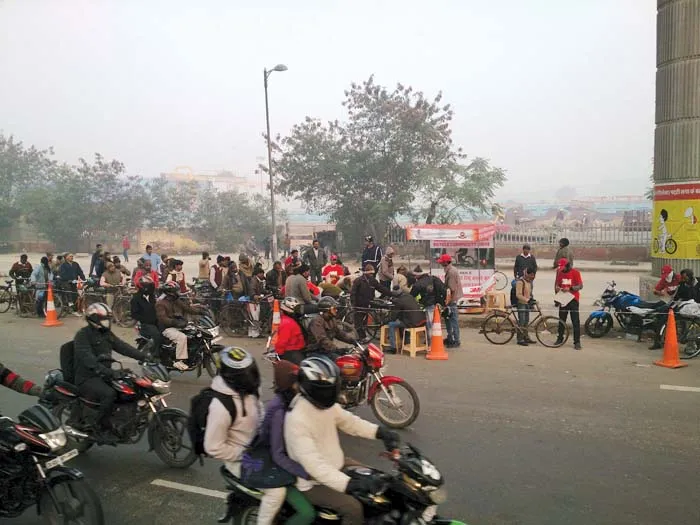Calls are being made for comprehensive studies into India’s road safety issues. The country has a spiralling rate of deaths and injuries on its road network with a continuing increase in the number of registered vehicles and total distances travelled. Randall Clark, vice-president of Norms and Regulations at tyre manufacturer Michelin, the Indian Government needs to carry out extensive studies in the causes of road accidents in the country. In India, the total figure for vehicle kilometres/year driven is in
December 16, 2013
Read time: 1 min

Calls are being made for comprehensive studies into India’s road safety issues. The country has a spiralling rate of deaths and injuries on its road network with a continuing increase in the number of registered vehicles and total distances travelled. Randall Clark, vice-president of Norms and Regulations at tyre manufacturer 720 Michelin, the Indian Government needs to carry out extensive studies in the causes of road accidents in the country. In India, the total figure for vehicle kilometres/year driven is increasing at a rate of 7%/year, the fastest growth being seen in any country in the world. Clark recently presented a paper entitled 'Improving Safety on Indian Roads, Technology & Policy changes required' at the SAEINDIA International Mobility Conference & Commercial Vehicle Engineering Congress in India.






